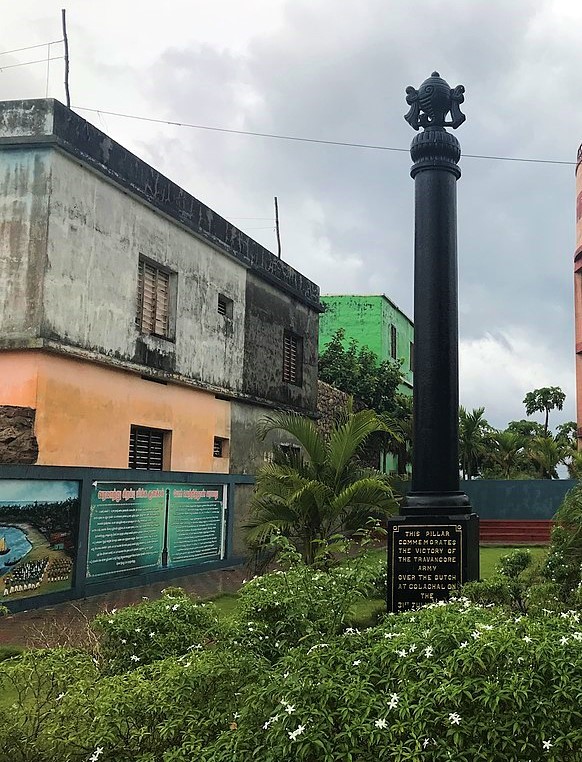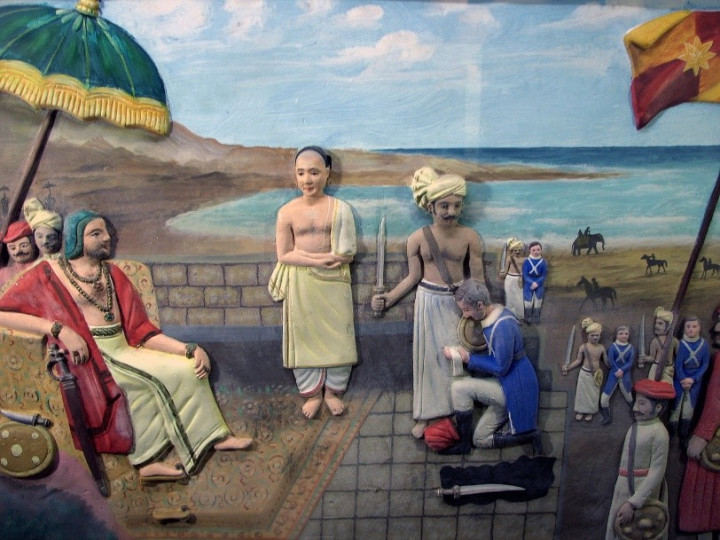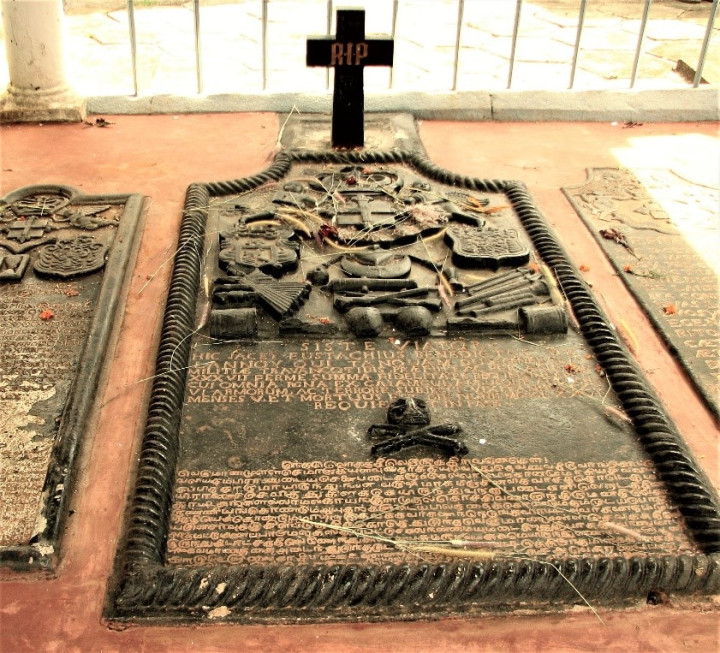By the late 17th century, Holland was a naval and economic superpower. The Dutch East India Company was the largest multinational ever, and it dominated the world spice trade. Much of these spices came from the Indian state of Kerala where the Dutch had a stranglehold on purchases. This monopoly was not because of superior business strategy; it simply came from military power. They arm-twisted the Kerala kings and warlords into signing contracts that were hugely one-sided. But one king — Marthanda Varma of Travancore — refused to sign up. Moreover, he started conquering other Kerala warlords and flatly refused to honour the Spice contracts that they had already signed.
This “minor” Indian kingdom boldly defied the world’s biggest multinational company, and that was bad for business! In 1739, the Dutch Governor Gustaaf van Imhoff met King Marthanda Varma and “advised” him to accept Dutch prices OR prepare for war. Varma laughed at the threat, and said he would love to invade Holland himself! Imhoff did not find it funny at all.

In 1740, Imhoff dispatched a naval contingent under Eustachius De Lannoy to attack Travancore. The Dutch navy and artillery were vastly superior. In the initial battles, Lannoy was victorious; but when he captured the port of Colachel, Varma sent his full force to besiege Colachel. Varma knew that in a frontal attack, the Dutch artillery would blast them out of existence. So, he quietly blockaded Colachel and cut off supplies. He knew that, if he held fast till the monsoons arrived, the sea would become too stormy for the Dutch Navy to provide logistic support.
The monsoon rains came and Lannoy struggled to keep his gunpowder dry. Unfortunately for him, a wildly lucky shot from a Travancore cannon landed smack on his armoury, ignited the gunpowder. Everything exploded. Without fire power and food, Lannoy surrendered. Now, Varma made an offer that Lannoy could not refuse: a good position in the Travancore army.
And, Lannoy promptly defected! He rapidly rose to become Travancore’s trusted General, or “Valiya Kapittan” (literally meaning “Great Captain”). De Lannoy modernised the Travancore Army, upgraded artillery, and reinforced forts. The Udayagiri Fort (60 Kms from Thiruvananthapuram) that he built is still called “Dillanai Kotta” (local speak for: “De Lannoy’s Fort”).

The Dutch continued to fight Varma for a few more years, but with indifferent results: King Varma knew their methods! Finally, they made peace with Varma. They were losing access to Kerala’s spice, and the cost of maintaining a military presence was bleeding them. Ultimately, they left India forever. Colachel was a minor battle, but had major geo-political impact. De Lannoy served Travancore loyally for 37 years and never returned to Holland. His tomb, with inscriptions in Latin and Tamil, is inside his beloved Udayagiri Fort!
Now for a surprise… Lannoy was not really ethnic Dutch, but belonged to an immigrant noble family from the Franco-Belgian border town of Lannoy! America’s longest serving President, Franklin Delano Roosevelt, also descended from immigrants of the same De Lannoy family. Delano… De Lannoy… get the connection? That makes our De Lannoy and Roosevelt country cousins of sorts. Settled in different countries — but country cousins, nevertheless!
To hear more fascinating tales involving the King of Travancore, join us on the Kingdom of Gods Trail in Trivandrum.

Archives
- January 2022
- December 2021
- November 2021
- August 2021
- March 2021
- February 2021
- January 2021
- December 2020
- November 2020
- October 2020
- September 2020
- August 2020
- April 2020
- March 2020
- February 2020
- January 2020
- November 2019
- October 2019
- September 2019
- August 2019
- July 2019
- June 2019
- August 2017
- February 2017
- January 2017
- October 2013
Featured Posts
- Tales that pots tell: Keeladi excavations AUGUST 18, 2021
- The Last Grand Nawab: Wallajah FEBRUARY 10, 2021
- How Tej Singh became Raja Desingu of Gingee FEBRUARY 5, 2021
- How Shahjahan seized the Mughal throne JANUARY 28, 2021
- Alai Darwaza – Qutub Minar Complex, Delhi NOVEMBER 21, 2020
- Marking History through British buildings NOVEMBER 17, 2020
- The last great queen of Travancore NOVEMBER 7, 2020
- Brahmi and the evolution of scripts OCTOBER 15, 2020
- The Cambodian King of Kanchipuram OCTOBER 14, 2020
- James Prinsep – the man who read the writing on the wall OCTOBER 10, 2020
- Mariamman – the Village Goddess who travelled SEPTEMBER 30, 2020
- Misnamed Monuments of Mamallapuram SEPTEMBER 28, 2020








